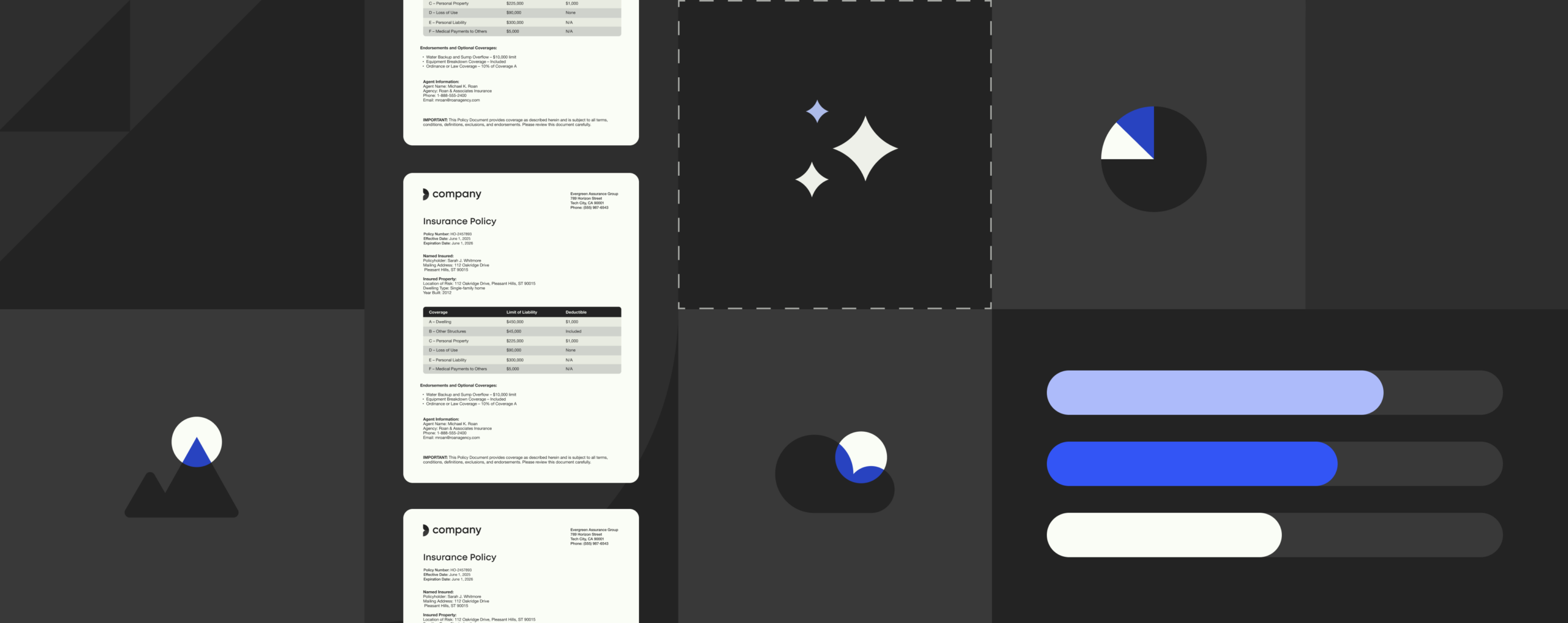In today’s ever-present buzz of chatbots, messaging apps, and social inboxes, it’s easy to overlook the mother of all (modern) business and marketing communication: the humble email.
But as any office worker can tell you, emailing is alive and well. On average, people receive over 120 work emails per day, sending out 40 of their own. That means that in an organization with 1,000 people, they’re sending 40,000 emails every single day.
As a marketer, it’s easy to focus on email campaigns: newsletters, product updates, nurture flows, and so on. But the vast majority of emails are the ones sent by our colleagues.
Is your company taking advantage of the prime real estate within each business email?
Putting every email to work
For small businesses, email marketing often has the highest ROI, with email visitors more likely to convert on forms and other CTAs. It’s a powerful one-to-one communication tool, and when used properly, it’s possible to both personalize the messaging and scale it up to enterprise-level reach.
In fact, 86% of professionals ranked email as their preferred method of business communication, and was one of the top most influential sources of information for B2B audiences.
It’s clear that people depend on emails as a key function of their work life — so how can companies ensure that each email sent conveys the most brand value?
Navigating he last mile in brand management
Protect your brand
The power — and the struggle — of email signatures
Beneath each email, even a simple confirmation message or friendly hello, sits the email signature. Often templated, this space represents valuable marketing property — and it’s all free.
Companies can use email signatures to include messages, images, and links to build awareness and drive traffic, with no extra work for the email sender.
But while 82% of email marketers said they use email signatures to boost brand awareness, 28% reported that they struggle to track performance and measure lead generation.
Part of the problem is lacking the necessary technology to make email campaigns efficient and meaningful. Decentralized email management makes it cumbersome to manage department- or company-wide email signature updates.
Brand managers often have no way of ensuring that employees will use the correct email signature. They may choose to personalize their signature, or even copy-paste an old signature format.
On top of being inefficient, this system can backfire as emails are sent with outdated, incorrect, or questionably-branded material — which all reflects negatively on the company.
Take control of your email signatures
A proper email signature management system can centralize all of this work and streamline the process for running, scheduling, and deploying updates to email signatures.
This type of solution helps marketing teams align every email signature campaign across the whole company, which both secures the company brand and activates a powerful marketing channel.
At Ramboll, a leading engineering and design consulting firm, their global team struggled to maintain brand consistency with templates and guidelines stored in PDF-format on their intranet. Ramboll chose Templafy’s business enablement platform to centralize their brand management, including email signatures.
“Our branding team can ensure that all banner campaigns are approved before they are added, and we can even filter them for specific areas in the company,” said Roos Nederveen, Senior Consultant in Corporate Branding. “Furthermore, we avoid the possibility of employees adding individual, off-brand email signatures or campaigns.”
Now email signatures are all consistent and available for marketing campaigns — all without any individual manual effort.
The growing influence of email signatures
When marketing departments take control of their email signatures then they will have an incredible branding opportunity at their fingertips.
For an organization with 1,000 people, it’s 200,000 opportunities every week.
And with the proper email signature management, it’s easy for branding teams to run and schedule campaigns, increase personalization, and track performance.
Everyone uses email. So the only question is: are your emails working for you — or against you?




